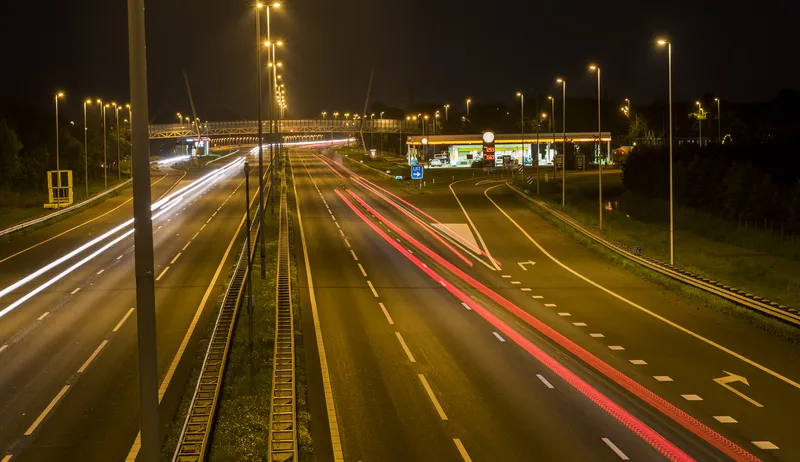Google has announced that it is making road traffic conditions available in 13 countries in Europe. The new traffic information is in the traffic layer on Google Maps, Google Maps for mobile, and Google Maps Navigation (Beta). Coverage includes all freeways and highways, as well as large roads in major cities in Austria, Belgium, Czech Republic, Denmark, Germany, Ireland, Israel, Luxembourg, Netherlands, Poland, Slovakia, Spain and Switzerland. Users in the UK will also benefit from a finer grain of street
April 19, 2012
Read time: 1 min
RSS1691 Google has announced that it is making road traffic conditions available in 13 countries in Europe. The new traffic information is in the traffic layer on Google Maps, Google Maps for mobile, and Google Maps Navigation (Beta). Coverage includes all freeways and highways, as well as large roads in major cities in Austria, Belgium, Czech Republic, Denmark, Germany, Ireland, Israel, Luxembourg, Netherlands, Poland, Slovakia, Spain and Switzerland. Users in the UK will also benefit from a finer grain of street level coverage.
Google’s live traffic layer is regularly updated to show information for traffic events from the last 5-10 minutes. In addition, users can learn more about typical traffic conditions for specific times and days of the week by clicking the ‘change’ link in the traffic legend on Google Maps, and setting the day of week and time.
Google’s live traffic layer is regularly updated to show information for traffic events from the last 5-10 minutes. In addition, users can learn more about typical traffic conditions for specific times and days of the week by clicking the ‘change’ link in the traffic legend on Google Maps, and setting the day of week and time.









